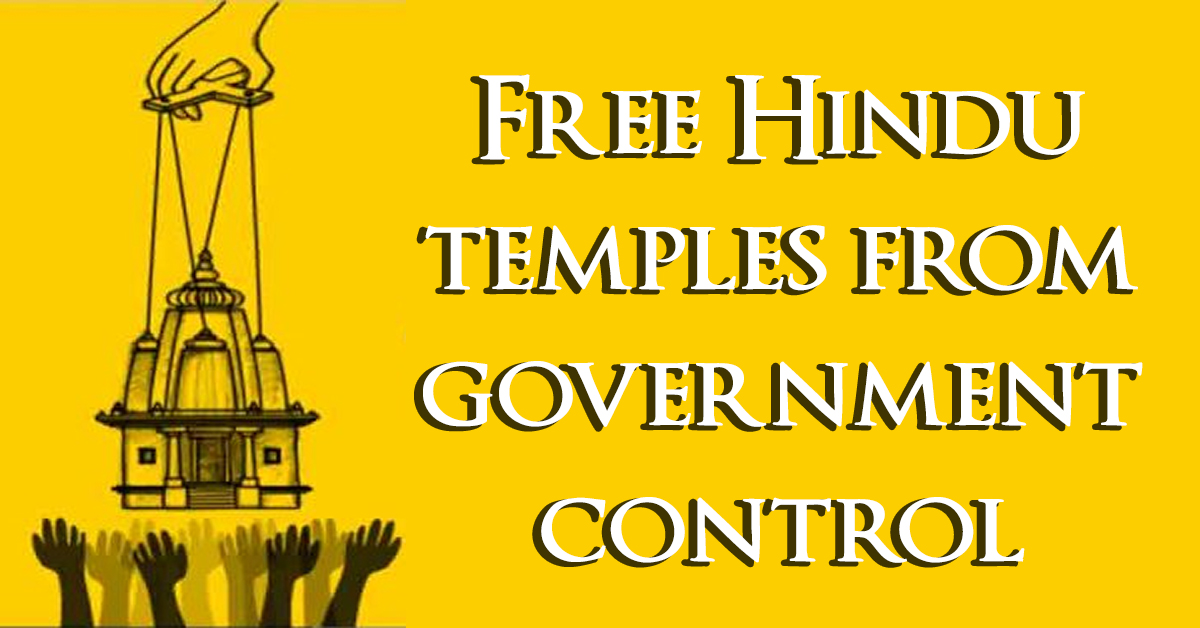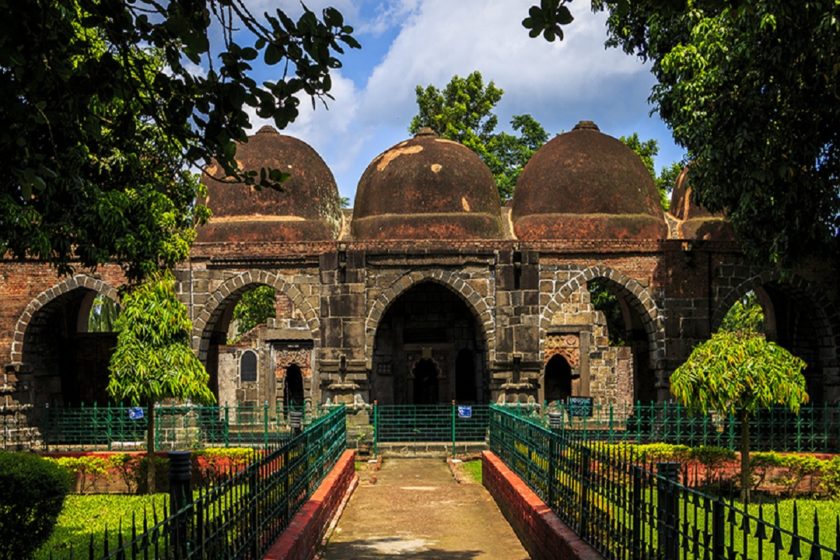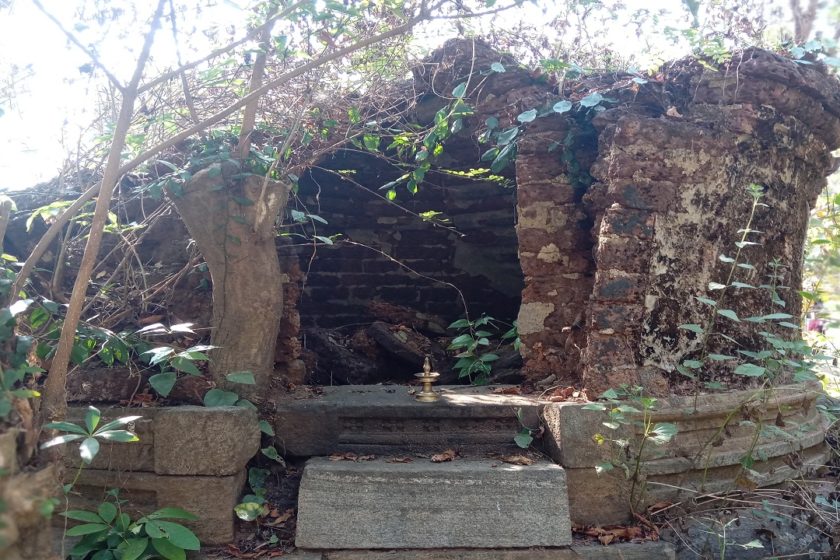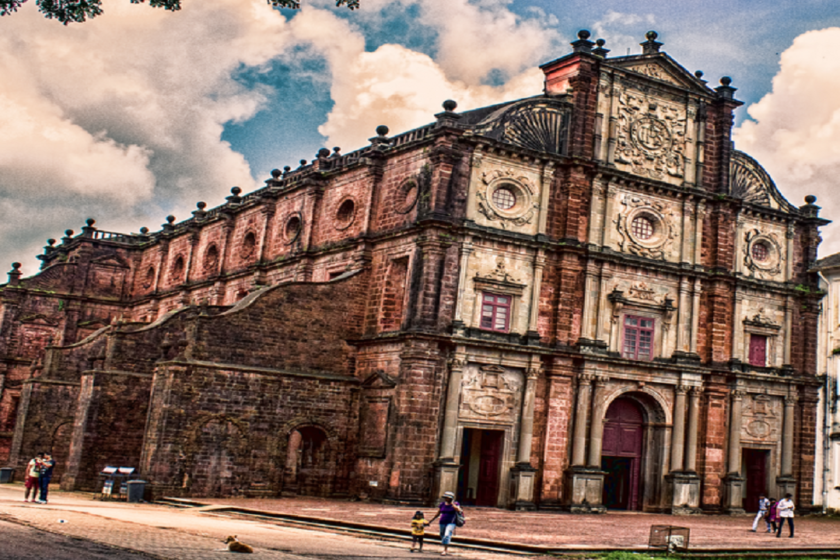Freeing Hindu temples from government control
Freeing Hindu temples from government control is a demand that is vociferously heard and debated in many platforms. The matter is also raised by politicians during elections and is forgotten soon after that. The Hindu temples continues to be milch cows for politicians as they toil hard in their pursuit of power.
In this regard it is essential to learn few facts, the geneses and evolution of the state control of Hindu temples.
British colonial administration
When Bharat was ruled by Kings in the ancient and recent past, many grand temples were constructed under royal patronage. It was customary on part of Kings to set aside the land and produce of villages to meet the expenses incurred in the worship and rituals of the Deity. Small temples had only few villages assigned to them, but larger temples had hundreds of villages whose land revenue and produce were used for the purposes of the Deity. Eventually all these lands were considered as belonging to the Presiding Deity of the temple.
This continued for a long time till the advent of the British. The British slowly took over the reigns of the various princely states of Bharat. The East India company enacted laws enabling the vesting in itself, the superintendence of all the lands granted for support of Hindu temples. This enabled the colonial administration to tap into the land revenue and also the gold and wealth of Hindu temples.
This however had another facet. The colonial administration also got entangled in the administration of Hindu temples. The officers of the British East India company involved and participated in the various rituals and festivals of the Hindu temples. The England at that time was not a secular state. The “Act of Supremacy” enacted in 1534 declared that the monarch was the “Supreme Head of the Church of England”. The participation of the colonial administration in rituals and festivals of Hindu temples angered the Christian missionaries and the Church.
Back in England, the missionaries and the clergy exerted their influence on the British government and knocked the highest echelons of the East India Company. As a result in 1833, the Court of Directors of the company issued instructions asking all the officer to desists from the administration of Hindu temples and participation in the Hindu festivals. The order went thus “The interference of British Functionaries in the interior management of native temples, in the customs, habits and religious proceedings of their priests and attendants, in the arrangement of their ceremonies, rites and festivals, and generally in the conduct of their interior economy, shall cease.”
The colonial government further reinforced their intent to keep away from temple administration when in 1863 a law was enacted which said that it would no longer be “lawful” for “any Government in India, or for any Officer of any Government” in his official capacity, to take over the “superintendence of any land or other property” belonging to a “Mosque, Temple, or other religious establishment”, to take part in the “management or appropriation of any [religious] endowment”, to nominate or appoint any trustee in a religious institution, “or to be in any way concerned therewith”. It was clear from this that the British considered the administration of Hindu temples as a burden and wanted to keep away from it. This ended the brief period where the British colonial government controlled Hindu temples. All Hindu temples were freed from the colonial administration.
Indian politicians enter the fray
However things again changed with the Government of India Act of 1919. As per the Act, elected legislators or Indian politicians entered the British Indian administration. Certain subjects were reserved by British government for administration by elected legislature and they were termed provincial subjects. The politicians found it suited to follow the British policy of suppression and oppression rather than fight the British. These politicians behaved like the loyal slaves of British, trying their best not to offend them in any manner. They carefully charted their path accordingly.
In 1926 Madras Hindu Religious Endowments Act was passed by Indian politicians, taking over the administration of all temples in the Madras state. This sowed the seeds of administration of Hindu temples in modern India. Strangely it was the Indian politicians and not the British who fathered this monstrous law which is being used by every government to extract temple revenue to suit their own purposes. The Madras Hindu Religious Endowments Act was duplicated in many states soon, as every politician wanted a share of the wealth belonging to Hindu Deities and was looking for ingenious ways for a legalized loot.
Conditions remain the same ever after close to a century since the first law to control Hindu temples was enacted. As of now there are more than 300 legislation and rules which enable governments to interfere on temple administration. The existence of various state governments is intrinsically linked to the money they manage to loot from Hindu temples under the guise of various schemes.
When it comes to looting Hindu temples, all politicians have showed remarkable ingenuity in hiving off its wealth. While politicians like Devendra Phadnavis used temple money to finance his irrigation and development schemes, politicians like Narendra Modi wanted temple gold to be invested in certain Tughlaq schemes of his making.
The path ahead
We have done an analysis of the various legislations by which governments interfere in temple administration. This is available for download via reclaimtemples.com/templelaws
The path ahead is sure to be interesting as we are fighting against a well entrenched enemy who will use all the wealth of Hindu temples against any attempt to displace them from temple administration. Also even if the governments are vacated from Hindu temples, there will be an influx of the clans, cults, mathas of various hues who will try to take over all the wealthy temples. A solution is to have a system where the top executive and decision making body is elected democratically by all devotees of the temple. We have made a draft law of temple administration and it can be downloaded from here. Admistration of Hindu temples Draft Act v 2.1, 2020
On our part we will start the legal process where the oppressive legislations will be targeted one by one and state by state. This is ultimately a process which needs to end in agitation for success to be visible. This is a small step in this regard. Ultimately this is a fight for Hindu society and the outcome will depend on the participation of general public. Any contribution can be made via imojo.in/legal
#ReclaimTemples




